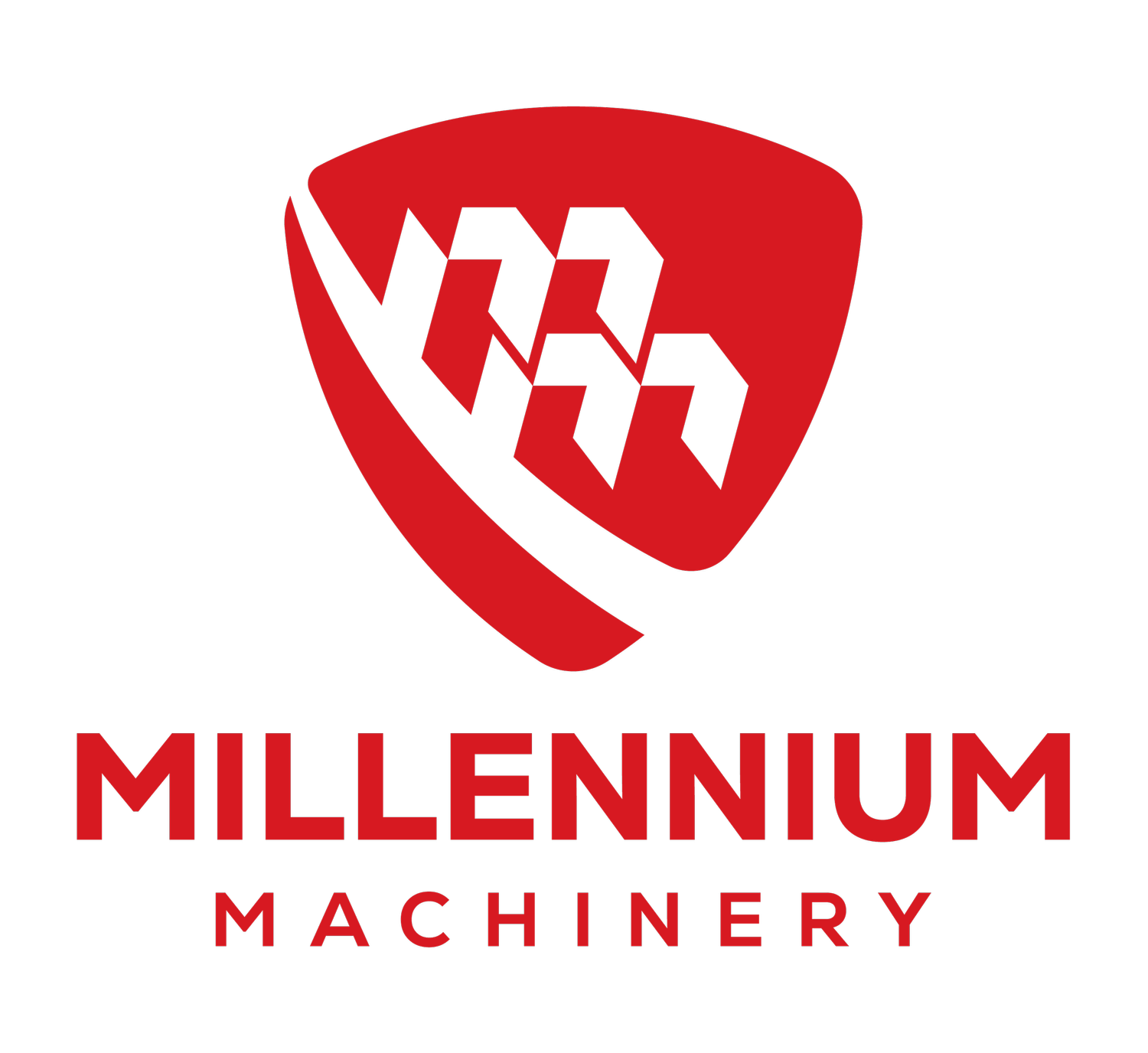CINCOM D25
The Standard in CNC Automatic Lathes
Introducing Citizen’s newest development, the D25, equipped with double gang tool posts and B axis. The double gang layout enables short cycle times for high productivity at low part cost. The large number of tools, for both main and sub spindle, provides cost effective production of complex workpieces.
Next generation CNC system with touch screen and qwerty keyboard. Ready for IoT (Internet of Things)
Easy set up with on screen graphical prompts
3 x Y axis, 3 x Z axis
B axis for front-back machining
Independent adjustable angle rotary tools to sub spindle
Power and speed: 5.5 kW and 10,000 rpm
With/without guide bushing – switchable operation
Additional Details
-
Z2 axis to second gang for opposed balance cutting to first gang and for simultaneous rough and finish machining. Back tool post (Y3 axis) accepts radial or face modular fixed/rotary tools and is equipped with adjustable rotary tool for face, radial or angle machining. B axis is on the first gang for complex machining on main and sub spindles.
Standard NC Functions
CINCOM SYSTEM M850W (Mitsubishi)
Display: 15 inch Touch Panel
Sub inch: 0.00001” Minimum Increment
Hi-Speed Program Check
Main-back Constant Surface Speed Control
Variable Lead Threading
Circular Threading
Corner Chamfering/Rounding
User Macro
Canned Cycle for Drilling
Main-Back C-Axis
Synchronous Tapping with Phasing Function
Differential Speed Synchronous Tapping
Hobbing/Polygon during Spindle Synchronization
Milling Interpolation
Helical Interpolation
Slant Helical Interpolation
Tool Life Management I and II
Program Storage 160m
Tool Offset 99 Pairs
8 bits B-Code output
Optional Block Skip 9 sets
External Memory Running
Network I/O
Optional NC Functions
Program Storage Capacity: 320 / 600 / 1200 / 2400 / 4800m
Standard Accessories
Main Spindle Chucking Unit
Back Spindle Chucking Unit
Rotary Guide Bushing Unit
Rotary Tool Driving Unit On Gang Tool Post
Back Tool Post Rotary Unit
Coolant Unit (with Level Detector)
Lubricating Oil Supply Unit
Pneumatics Ejection Device
Cap Nut For NGB Mode
Door Lock
Cut-Off Tool Breakage Detector
Workpiece Separator and Conveyor
Spindle Oil Chiller
Work Light; Handling Tool
Thermal Displacement Correction Device
RS232 Interface
Optional Accessories
Knock-Out Jig for Through-Hole Workpiece
Chip Conveyor
Coolant Flow Rate Detector
Signal Lamp
3-Color Signal Tower
Machine Specifications
Max. machining diameter (D)
Max. machining length (L)With guide bushing
Max. machining length (L) Guide bushing less
Spindle speed
Spindle speed of the gang rotary tool
Max. chuck diameter of back spindle
Max. part length for ejection to standard parts chute
Back spindle speed
Chuck and Bushing Main and back spindle collet
Tool size Tool(gang)
Tool size Sleeve
Rapid feed rate X1, X2, Z2 axes
Rapid feed Others
Motor for spindle drive
Motor for rotary tool on the gang tool post
Motor for back spindle drive
Motor Back tool post rotary drive
Rated power consumption
Center height
Weight
1″ dia. (∅ 32 mm option)
250 mm
2.5 D
Max. 10,000 rpm
Max. 9,000 rpm
1″ dia.
120 mm
Max. 10,000 rpm
TF30
5/8″ sq. , 3/4″ sq. (cut off)
1″ dia., 3/4″ dia.
24 m/ min
32 m/ min
3.7/ 5.5 kW
2.2 kW
2.2/ 3.7 kW
1.0 kW
13.2 kVA
1,050 mm
7,606 lbs.
LFV Technology
We provide next-generation machining tools to greatly reduce or eliminate a host of chip-related problems during cutting, taking your productivity to the next level.
LFV technology stands for low frequency vibration cutting. The servo axes are vibrated in the axial direction using a unique control technology where by cutting is performed while synchronizing
this vibration with the rotation of the spindle. This cutting method introduces regular "air-cutting" into the cycle, breaking up of chips into very small pieces making it the optimum processing method
for difficult-to-machine materials.

